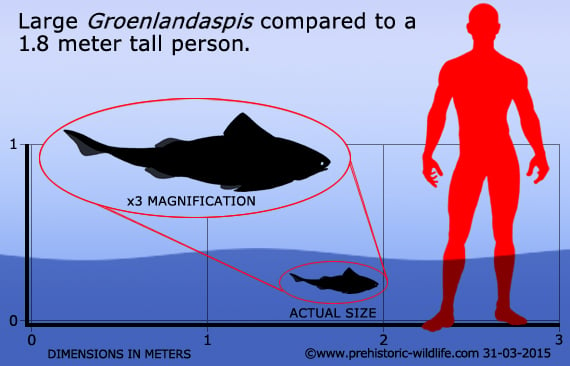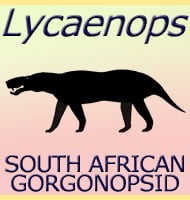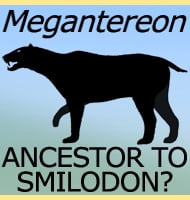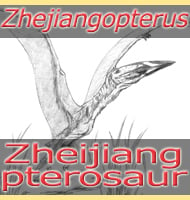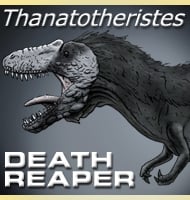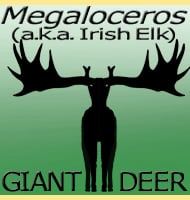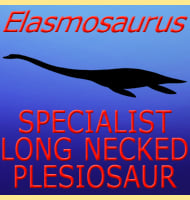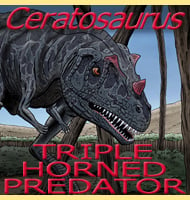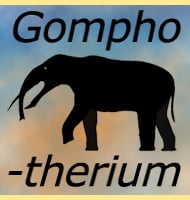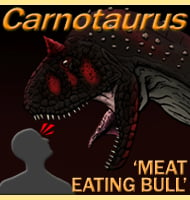In Depth
Groenlandaspis was first discovered in Greenland, but since this time individual specimens have been found from across Europe, Australia and Antarctica, indicating a possibly global distribution of this genus. Groenlandaspis was an arthrodire placoderm, which means that it had a jointed neck, something that allowed arthordire placoderms to open their mouths very wide. Famous members of the arthrodires include Dunkleosteus, but at seven and a half centimetres long, Groenlandaspis was not the hyper carnivore that Dunkleosteus was. Instead the jaw plates of Groenlandaspis were rounder and more suitable to crushing small invertebrates. This lead to the popular depiction of Groenlandaspis as a bottom feeder that searched through the mud and nooks in rocks looking for prey.
Further Reading
– Groenlandaspis in Antarctica, Australia and Europe. – Alexander Ritchie – 1975. – Groenlandaspidid Placoderm Fishes from the Late Devonian of North America. – Records of the Australian Museum vol 55. – Edward B. Daeschler, Anna C. Frumes & Frederick Mullison – 2003.- A new species of Groenlandaspis Heintz, 1932 (Placodermi, Arthrodira), from the Famennian (Late Devonian) of Belgium. – Journal of Vertebrate Paleontology, 35 (4). – S. Olive, C. Prestianni & V. Dupret – 2015.
